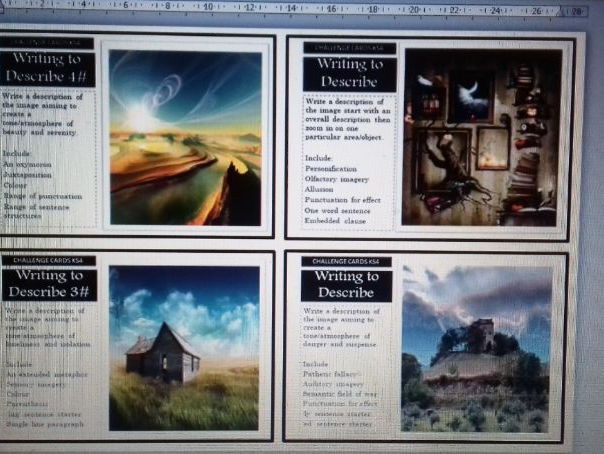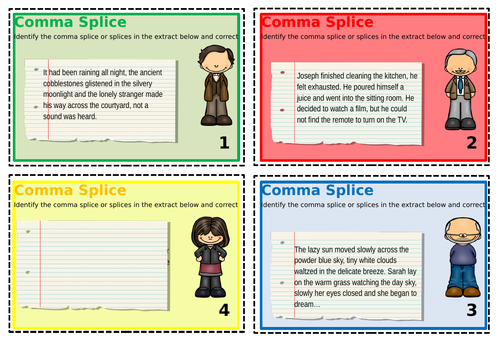KB Teaching Resources
I am an English Teacher with over 20 years experience teaching KS2, KS3 and KS4. These resources are all tried and tested in my classroom and are designed to give busy teachers effective, reasonably priced, high quality resources to ensure they can successfully support their students learning goals. If you are kind enough to leave an honest review then please get in touch at kb.teachingresources@hotmail.com to request a free resource up to the same value as you have purchased.













